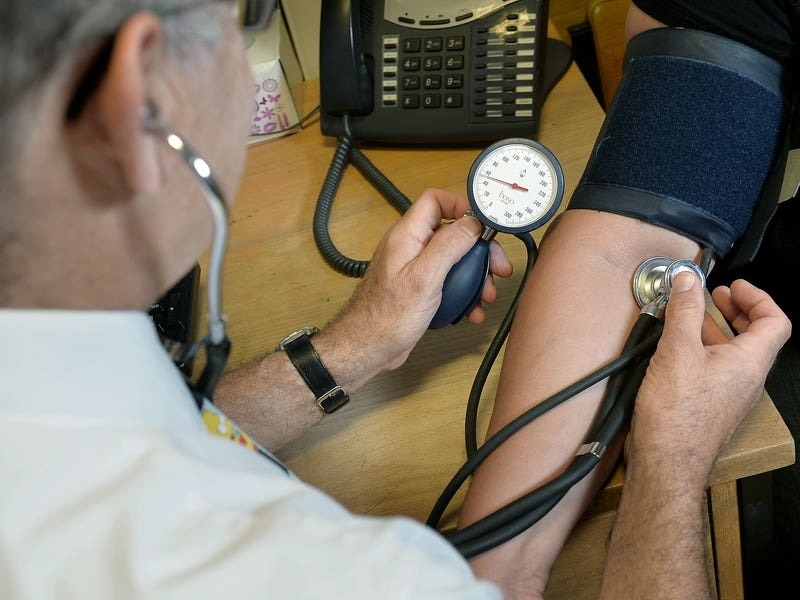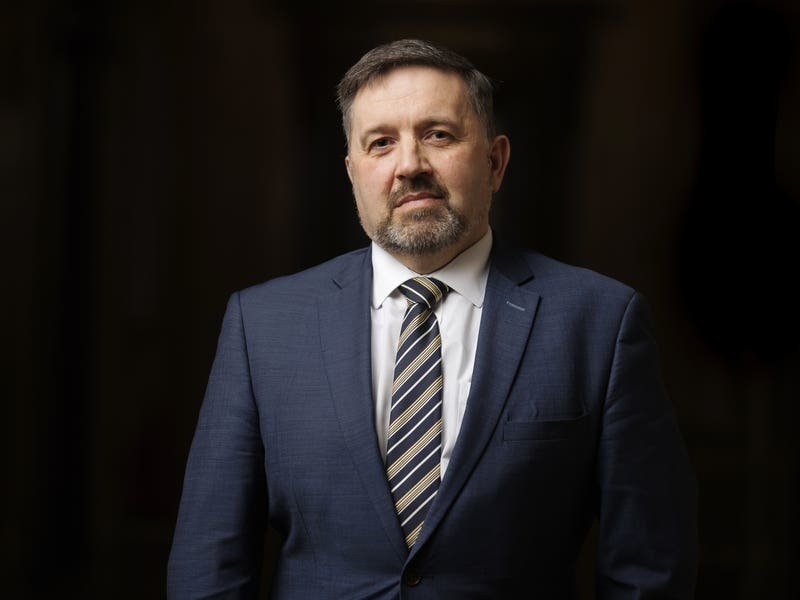Doctors will be required to give patients options including travelling further for healthcare or going to private alternatives as Rishi Sunak tries to fulfil his promise to cut NHS waiting times.
GPs will be compelled to offer up to five healthcare providers when clinically appropriate, allowing patients to select their preference using the NHS app or website.
The options will be filtered by distance, waiting times and the quality of care, in the expansion of the app downloaded by millions during the coronavirus pandemic.
Patients already have a right to choose where they go, but it is hoped doctors being required to give alternatives, in a letter being sent by the NHS on Thursday, will increase usage.
Patients would not have to pay, with the NHS covering any private healthcare provider chosen. Low-income patients could receive help with travel costs under an existing scheme.
Mr Sunak, who has made cutting waiting lists one of his five priorities, has previously backed the private sector playing a greater role in the NHS.
Announcing the new policy, he said “empowering” patients to have a “real choice” over where they receive treatment will help cut waiting lists.
“Our aim is to create an NHS built around patients, where everyone has more control over the care they receive, wherever they live or whatever their health needs are,” he said.
Last month the Prime Minister’s battle to reduce waiting lists was dealt a blow by official estimates suggesting 7.22 million people were waiting to start routine hospital treatment – the highest total since records began in 2007.

Royal College of GPs chair Professor Kamila Hawthorne said making better use of technology and giving patients more choice are moves “worth exploring”.
But she added: “This concept of giving patients choice as to where they access hospital care is not new.
“Similar initiatives have been tried, with mixed success, so it’s important that lessons are learned from these to ensure new iterations are intuitive for patients and don’t end up adding to workload in general practice, at a time when we need bureaucratic burdens to be cut.
“We also need to be realistic with our patients, given current NHS backlogs, as to what is possible – particularly in terms of waiting times for treatment – so that this new system does not create false expectations.”
Dr Kieran Sharrock, who is chairing BMA England’s GP committee, warned there are “no shortcuts” and said the “long-term undervaluing” of NHS staff and poor workforce planning need to be addressed to reduce record waiting lists.
“That is the only way to tackle the record-breaking backlog and help patients who are desperate to be treated swiftly and close to home,” he said.
Health Secretary Steve Barclay said the new policies could help “wipe months off” waiting times.
But his Labour shadow, Wes Streeting, said it was “laughable” that the Government’s “big idea to get waiting lists down is to give patients a choice that they already have”.
NHS chief executive Amanda Pritchard said: “Despite significant pressure, the NHS reduced 18-month waits for care by more than 90% by April and alongside existing tools like elective hubs, surgical robots and ‘prehab’ checks, this is another way that we are continuing to embrace the latest innovations and tech for the benefit of patients.”
But Liberal Democrat health spokeswoman Daisy Cooper said: “Rishi Sunak is failing on his pledges to cut NHS waiting lists, recruit the NHS staff we need, and fix crumbling hospitals.
“This latest gimmick will do nothing to change the fact that under the Conservatives, far too many patients are waiting far too long for the treatment they need.”






